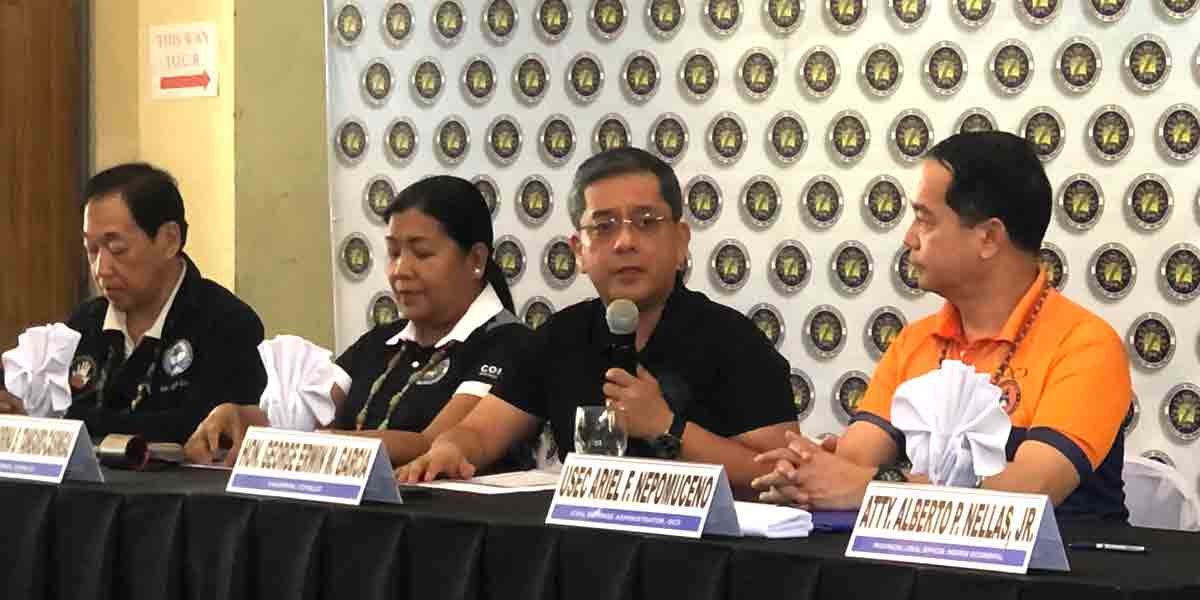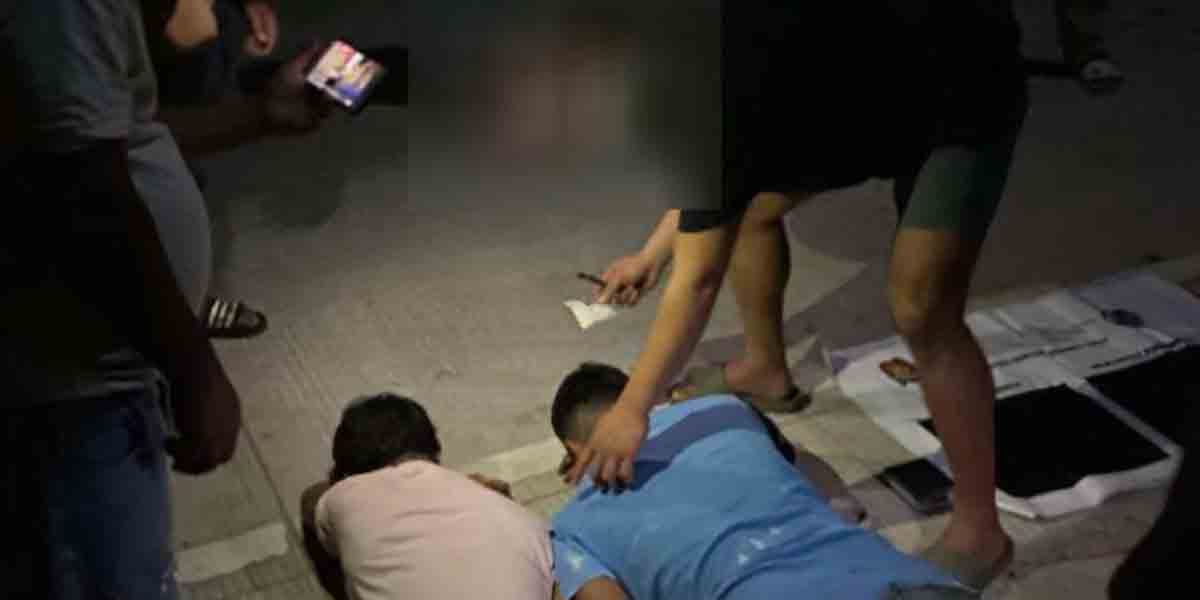 By Alex P. Vidal
By Alex P. Vidal
“It is an eternal obligation toward the human being not to let him suffer from hunger when one has a chance of coming to his assistance.”—Simone Weil
NOT even an assurance from no less than President Donald Trump that “the stimulus money from the federal government will continue after the November 3 U.S. Presidential Election” can convince Filipino-American musician Ruben Blancaflor that the U.S. Government is sincere to help the Americans wiggle out from dire straits amid the COVID-19 pandemic.
“Aanhin pa ang damo kung patay na ang kabayo (What’s the use of the grass if the horse is dead),” bemoaned Blancaflor, 57, who hails from Sigma, Capiz in the Philippines.
The father of two from Sunnyside, Queens lost his regular job as a maintenance crew in an economy Lower Manhattan hotel during the pandemic-induced lockdown in March.
Blancaflor dabbles in gigs in the bars for a sideline and was among the more than 20 million unemployed Americans who availed of the stimulus funds from the federal government from April to July, receiving $600 a week plus $182 from the Pandemic Unemployment Assistance (PUA) of the Department of Labor.
Blancaflor also received a one-time stimulus check worth $1,200 in April.
The weekly unemployment subsidy, however, ended in July.
-o0o-
Mr. Trump temporarily infused a six-week “stimulus” money worth $300 a week in August through an executive order when congress failed to pass a second economic relief package.
The funds from the April-July assistance came from the Coronavirus Aid, Relief, and Economic Security (CARES) Act passed by Congress with overwhelming, bipartisan support and signed into law by President Trump on March 27, 2020.
This over $2 trillion economic relief package delivers on the Trump Administration’s commitment to protecting the American people from the public health and economic impacts of COVID-19.
The CARES Act provides fast and direct economic assistance for American workers, families, and small businesses, and preserve jobs for our American industries.
Blancaflor said he and other unemployed Americans “were running out of money” as they could not go back to work yet.
There’s an uptick of COVID-19 cases in New York and other states over the week with 71,000 cases recorded daily as of this writing.
Many employers couldn’t hire back workers they laid off in March or during the lockdown period.
-o0o-
As hopes that lawmakers in Washington could reach an agreement on a fresh round of COVID-19 relief before the presidential election are all but extinguished, Blancaflor and other unemployed Americans are losing hope.
“Iba sana kung natuloy and second round of stimulus assistance kasi wala pang kasiguradohan kung talagang matapos na ang pandemic sa first quarter of 2021 (I wished there was a second stimulus assistance because nobody knows if the pandemic will continue to exist in the first quarter of 2021),” lamented Blancaflor.
Senators reportedly adjourned on October 26 and are not scheduled to return until November 9, impeding progress on a new stimulus bill.
As this developed, the U.S. media reported that “shares fell Monday as Congress failed to find a breakthrough and as investors fretted over an ongoing surge in coronavirus cases around the United States.”
House Speaker Nancy Pelosi last week had offered a more positive outlook, saying she and Treasury Secretary Steven Mnuchin were “just about there,” according to Bloomberg News.
Our people should get it—the stimulus,” President Trump said October 27 at a press briefing before hitting the campaign trail. “After the election, we’ll get the best stimulus package you’ve ever seen,” he said, predicting a sweeping Republican victory in the House of Representatives and Senate, and his own win over Democratic candidate and former Vice President Joe Biden.
(The author, who is now based in New York City, used to be the editor of two dailies in Iloilo)






















